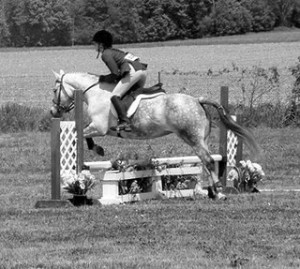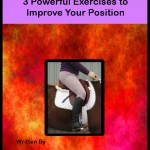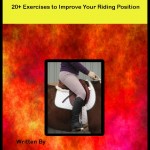Horse Shows
Equitation Tips
As the old saying goes you have only one chance to make a good first impression so as soon as you step into the ring your first impressions will emphasis the quality of the round you put in.
An equitation round is judged on the rider (say for example approximately 80 % rider and 20% horse as opposed to hunter which is 20 % rider and 80% horse).
Remember:

- Your tack and equipment does not have to be new, but it should fit properly and be clean. Poorly fitted tack can detract from a lovely round. Although it may be overlooked by some judges, turnout can be a tie breaker. Something as simple as a noseband that is too low or a flapping strap could cost you a placing.
- Have appropriate clothing for the level of show and type of show. Half chaps are permitted in some classes while not in others, boots with laces, jodhpurs and boots allowed in only certain classes so be savvy on the current rules and regulations. Once again your clothing need not be new but must be clean and in good repair.
- The horse must also be in good condition with a shiny well groomed coat and presentable mane and tail. If showing, a properly braided mane and tail always adds to the general turnout and shows respect for the show, sponsors, owner and to the horse itself.
Your position is the fundamental picture that the judge is looking at during your equitation round. The foundation of your position is your heels. Your weight must be securely down into your heels to provide a foundation of support for your riding position. A week heel will prevent a high placing in a class.
Lower Leg
As soon as you enter the ring the judge will look at your position and more specifically your heels. If your heels aren’t down right off the bat, in a big class, you may not get noticed again. Keep your heel down and a secure lower leg to ensure that your position is stable.
A loose wobbly calf is a symptom of a weak lower leg. If the judge sees a swinging leg, his/her eye is drawn toward it and makes note of it on their judge’s card.
To help improve your lower leg, work without stirrups on a regular basis. Begin by walking and slow trot for five minutes. Then demand more from yourself until you can ride walk, trot and canter without the use of your stirrups. Your leg will be secure and snug against the horse.
Plan Your Ride
Have a plan and execute your plan when you get into the ring. Judges can tell if riders have a plan of what they want to do. Not having a plan leaves the door open for unscheduled events that will lose competitors a placing.
Winning riders know that they will take the inside turn, 4 strides, ride a little stronger away from the in gate. As riders progress through the equitation levels, more than good riding and a nice position is necessary. Having a plan and being an effective rider is required.
In the higher equitation levels, everyone has a good position so planning and executing a good round is necessary.
 Try these three powerful exercises to get strengthen your position.
Try these three powerful exercises to get strengthen your position.

One thought on “Horse Shows”